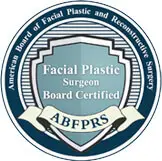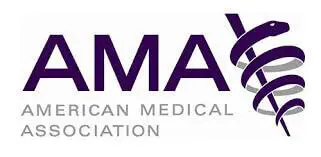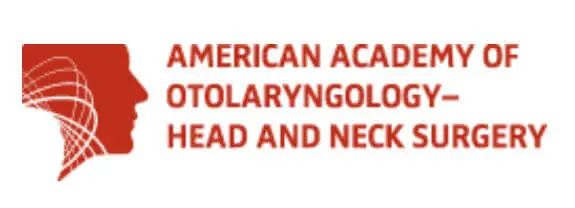

<!–Non-Invasive Treatments / Platelet Rich Plasma
Not all hair loss requires transplantation. Thinning or unhealthy hair can be improved with a new technique of PRP (platelet rich plasma) injections in the area. PRP is a component of blood that is processed to specially concentrate nutrients promoting the health of existing hair follicles. While this does not create new follicles, it supports existing hair to make stronger and thicker. A typical treatment course is three sessions spaced one month apart. Additional treatments can be performed every six months to maintain the effects of the treatment. The benefits of this treatment are that it is quick, safe, and has almost no downtime. Each session takes approximately half an hour, and patients can return to activity immediately with only some potential swelling that is usually unnoticeable after the session.

Who is a Candidate for Hair Restoration Transplant?
Hair restoration transplant is a procedure performed on men and women who have significant hair loss or thinning that can only be improved by adding hair follicles. Both men and women are affected by hair loss. In male pattern baldness, the remaining hair line grows in a horseshoe shape around the head. In female pattern baldness, there is a generalized thinning of the hair around the entire scalp. However, some women do experience hair loss that looks similar to male pattern baldness.
Hair restoration surgery transplants your existing hair (from “donor sites” typically on the back of your scalp) to the frontotemporal region or crown. For most patients, this means replenishing the frontotemporal hairline or the crown. Hair from the occiput (back of the head) is more resistant to falling out, and maintains this resistance when transplanted to the new sites.
Improving the appearance of the hairline requires different total number of grafts depending on each patient and the shape of their face shape, existing hairline, and estimated future hair loss pattern. Grafting of the scalp with individual hair follicles creates a natural appearance that frames the face and does not scream “surgery”.
The best way to determine if you are candidate for hair restoration transplant is to schedule a consultation with one of our experienced doctors. We will guide you through the process and create a treatment plan specially tailored to your situation.



What is the Recovery like from Hair Restoration Transplant?
Hair restoration transplant is an outpatient procedure that is performed in the office setting. Patients go home afterwards and are instructed to keep their head elevated to prevent swelling for the first 24-48 hours. There may also be some minimal bleeding so it is best to place a towel under your head to cover your pillow. For most patients, pain can be controlled with Tylenol, but we may give patients a low dose narcotic medication, if needed.
Keeping the scalp moist is important in the first 48 hours. While everyone can experience various amounts of bruising and swelling, in general patients can resume non-threatening social situations shortly after the procedure, with the graft sites being covered with a loose hat.
All patients are advised to avoid any strenuous physical activities for the 2 weeks to prevent loss of the grafts or increased swelling. You may use a treadmill or stationary bike after 1 week. You may resume swimming after 10 days. All patients will return to the office for evaluation the day after the transplant and again at one week.
To schedule a private consultation with the Hudson Valley, Westchester County and the Tri-State Area’s best hair restoration and hair transplant surgeons, please contact our Concierge Patient Coordinators at (845) 454-8025 or email us at info@NYfaceMD.com–>
Thinning hair is a problem that can affect anyone. Hair loss has both cultural and societal implications and it is no surprise that losing hair can create emotional upheaval. Luckily, modern technology has come a long way in the treatment of this condition. Proper regimens of medications such as Rogaine® foam (Minoxidil) and Propecia (Finasteride) can slow the rate of hair loss. PRP (platelet rich plasma) treatments harness growth factors in your own blood and concentrate them to the scalp, strengthening existing hair, while laser and LED treatments can stimulate hair growth. Camouflage techniques with Topix fibers, and state of the art medical tattooing techniques like eyebrow microblading and scalp micropigmentation, can be used to increase density and provide natural looking results. Finally, the latest advances in hair transplantation allow for grafting of the scalp with individual hair follicles recreating your own hairline, without the artificial look of older techniques.
If you have any questions, or would like to schedule a consultation, please contact our Concierge Patient Coordinators at (845) 454-8025 or email us at info@NYfaceMD.com We proudly serve New York, the Hudson Valley, Westchester County and the tri-state area. For V.I.P. and out-of-town patients and specials, please contact us































